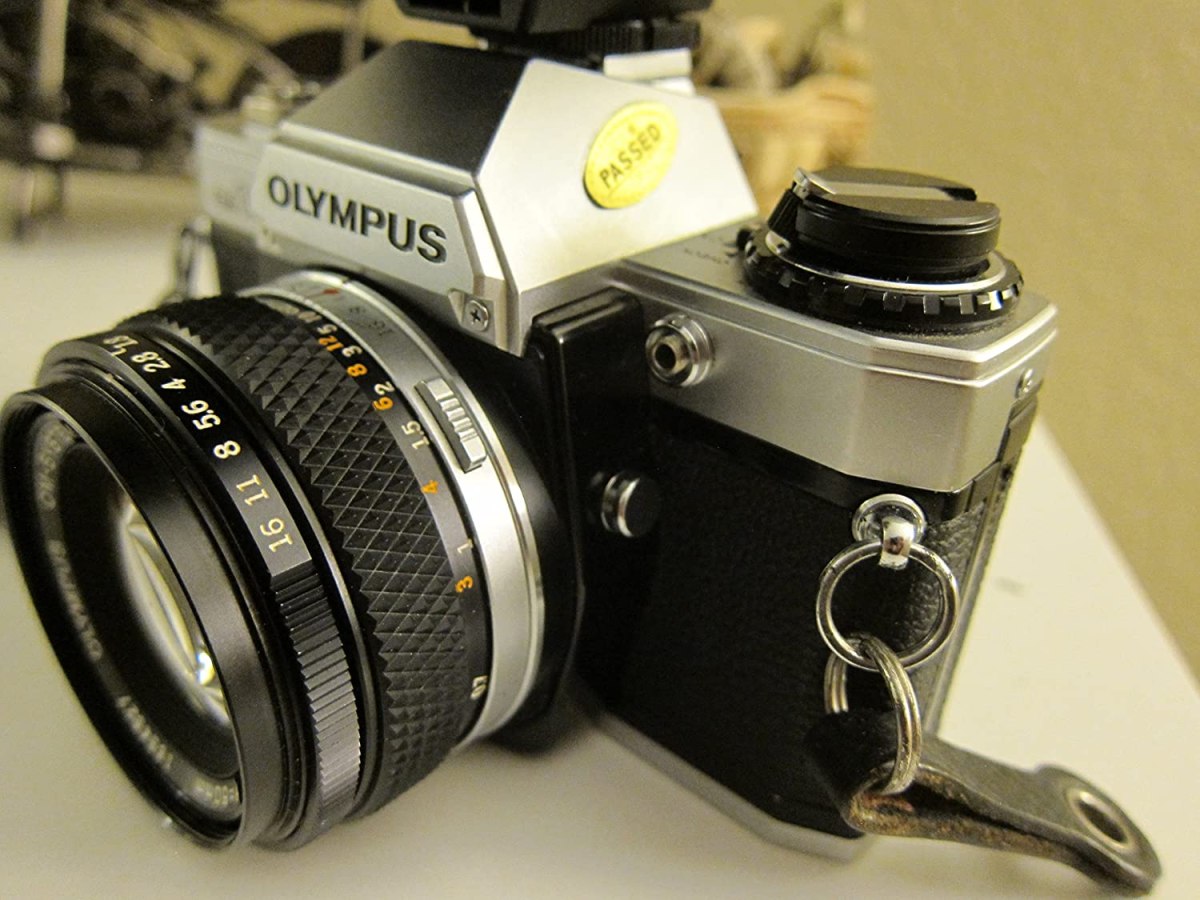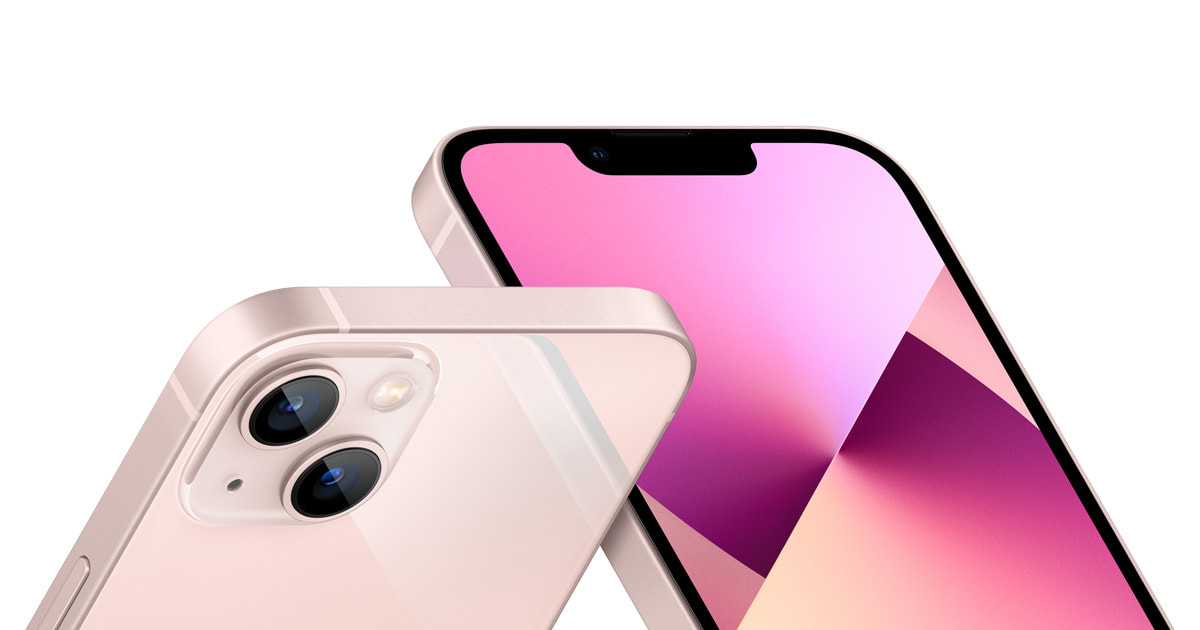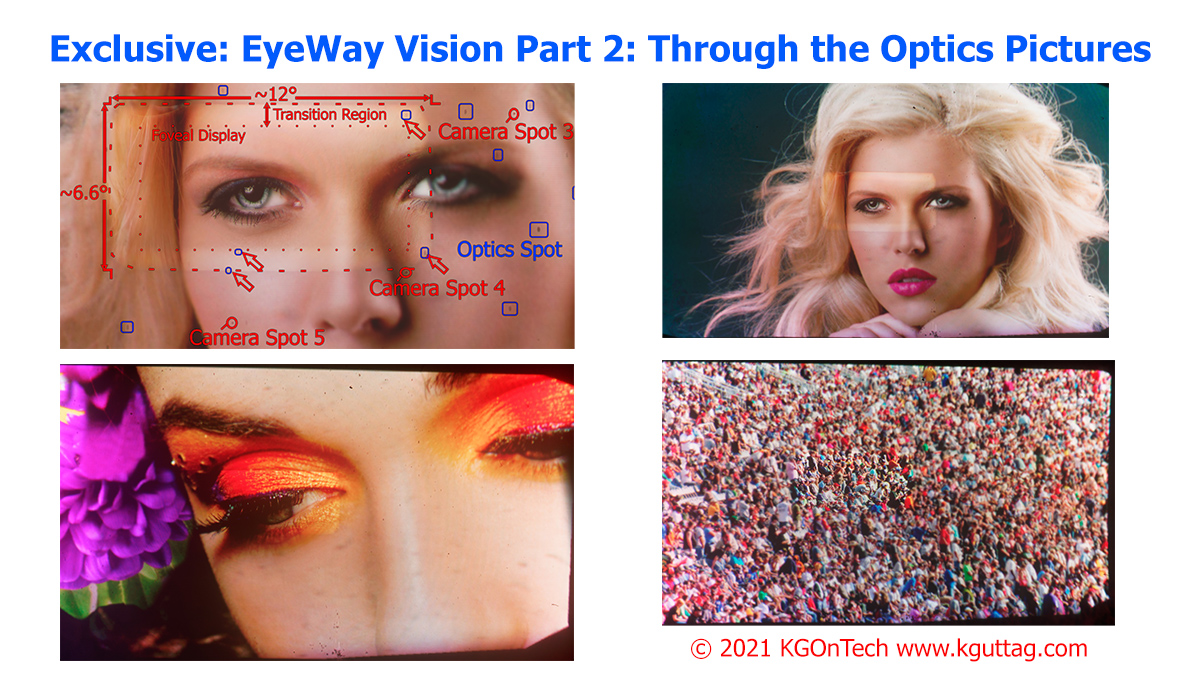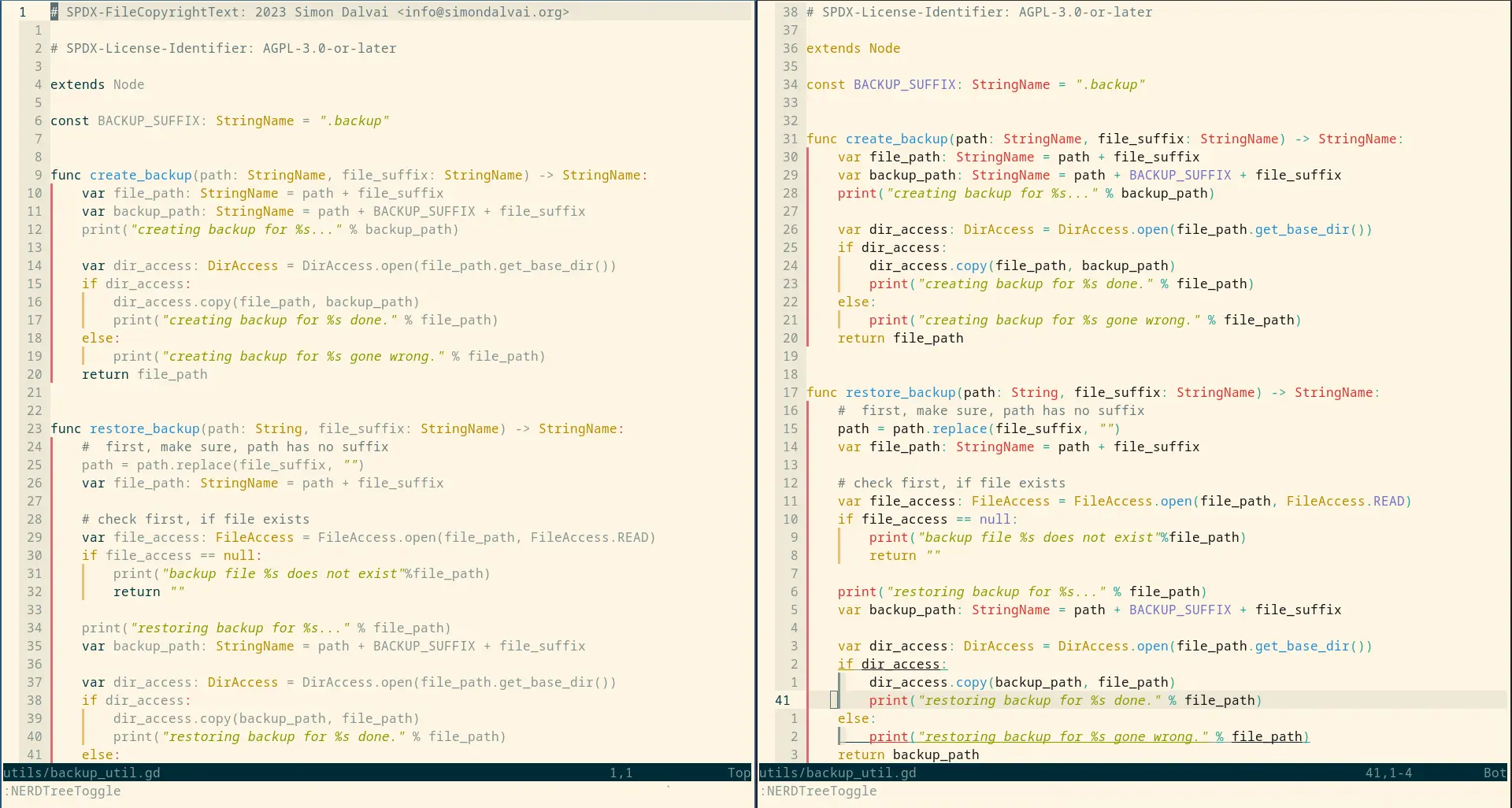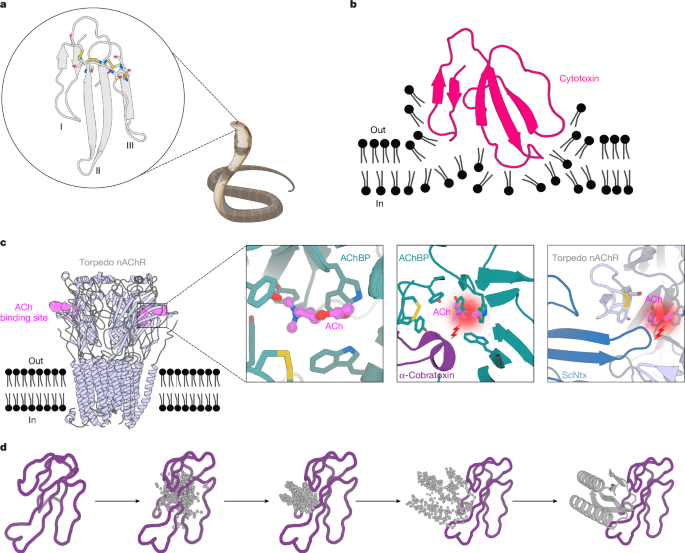![Camera obscura - Wikipedia A camera obscura (pl. camerae obscurae or camera obscuras ; from Latin camera obscūra 'dark chamber')[ 1] is the natural](https://upload.wikimedia.org/wikipedia/commons/thumb/c/c2/1755_james_ayscough.jpg/1200px-1755_james_ayscough.jpg)
Camera obscura - Wikipedia
A camera obscura (pl. camerae obscurae or camera obscuras ; from Latin camera obscūra 'dark chamber')[ 1] is the natural phenomenon in which the rays of light passing through a small hole into a dark space form an image where they strike a surface, resulting in an inverted (upside down) and reversed (left to right) projection of the view outside.[ 2] [ 3] [ 4]
Camera obscura can also refer to analogous constructions such as a darkened room, box or tent in which an exterior image is projected inside or onto a translucent screen viewed from outside. Camera obscuras with a lens in the opening have been used since the second half of the 16th century and became popular as aids for drawing and painting. The technology was developed further into the photographic camera in the first half of the 19th century, when camera obscura boxes were used to expose light-sensitive materials to the projected image.
The image (or the principle of its projection) of a lensless camera obscura is also referred to as a "pinhole image".[ 5] [ 6]
Leave a Comment
Related Posts

The Siri shortcut "I'm getting pulled over" automatically opens your camera and records cops
Comment
